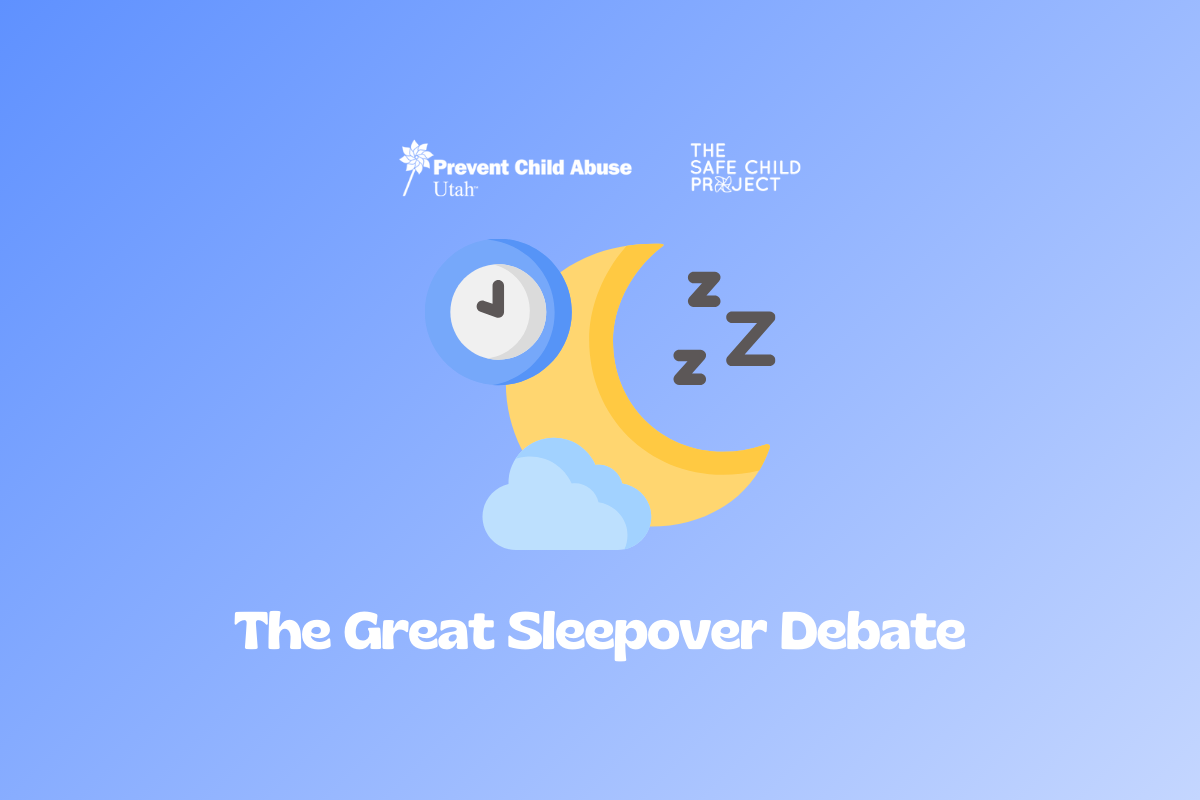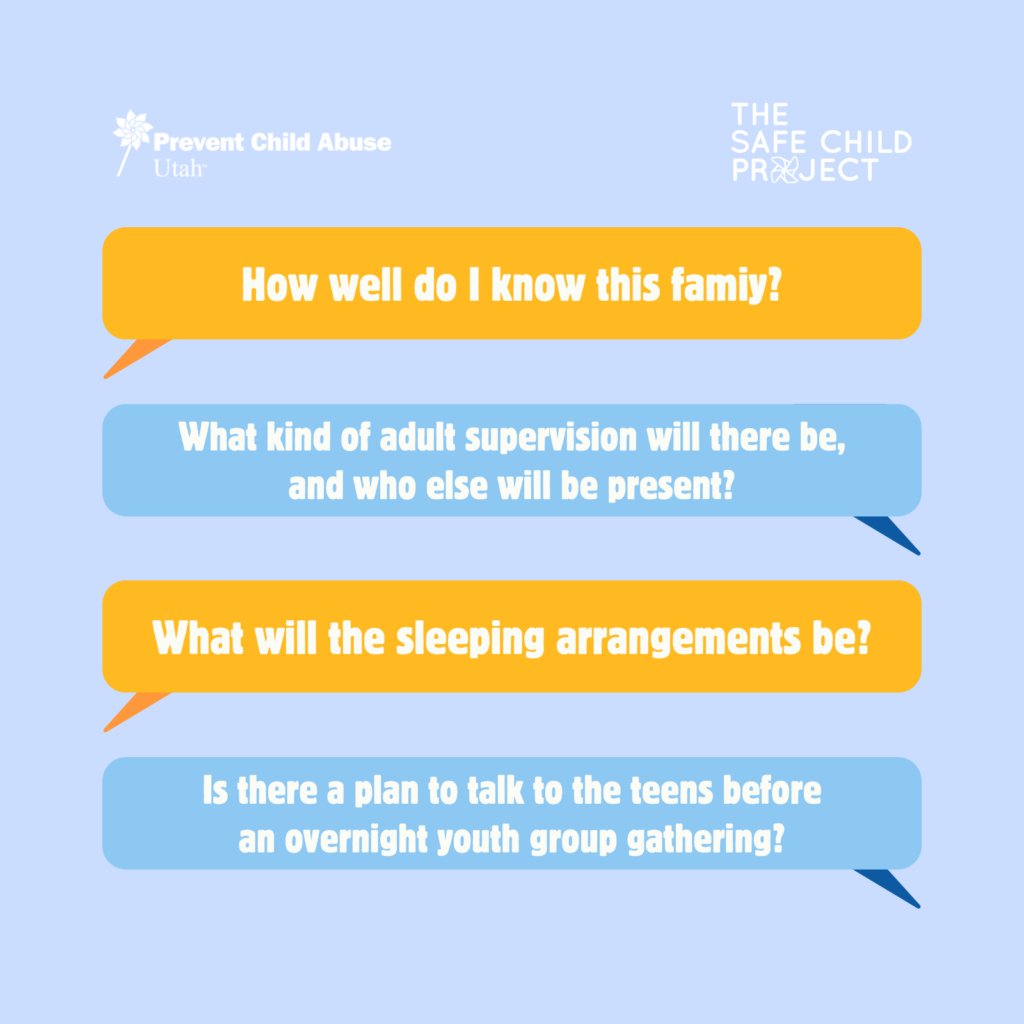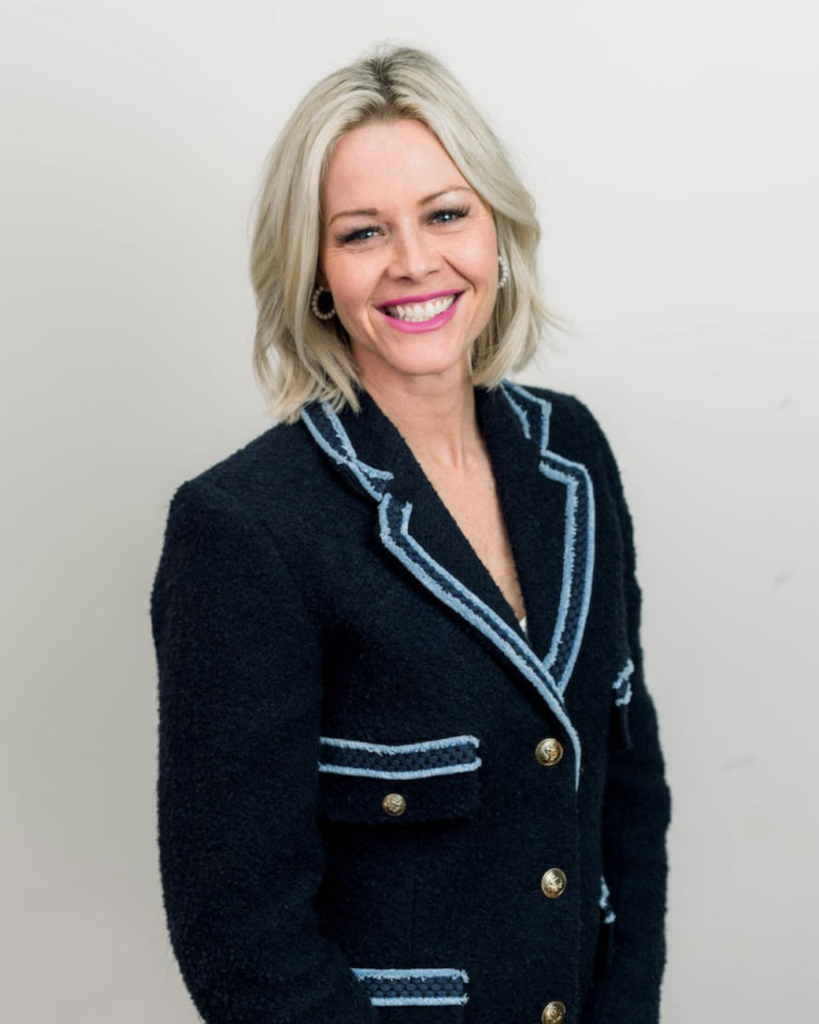
This opinion piece was originally published by The Deseret News on February 6, 2024.
By: Kristin Andrus
We have a rule in our house: We don’t allow sleepovers.
I posted a reel on Instagram about this recently, and the hundreds of comments from moms like me made it clear that this is a controversial decision. It’s been controversial even in our home — my six kids are clearly upset about this rule, and since many parents do allow sleepovers, it’s easy for them to feel like they’re missing out. And they do — on the good and the bad. But this isn’t a decision we made on a whim, and we explain the “why” behind our decision as often as we can.
We know that 91% of abusers are people that kids know and trust. We know that kids between the ages of 7 and 13 — the age range of four of my kids — are more likely to be abused. And that 50% of childhood sexual abuse is perpetrated by children — kid-on-kid abuse. An overwhelming amount of abuse also happens between siblings and family members. When I posted that reel, my DMs were flooded with raw, personal stories about abuse they or someone they know suffered at a sleepover.
Too often, people assume that if a child attends a sleepover at a friend’s home where they know the parents, where the other children are familiar to them, or at a youth group or church overnight event, that it’s likely to be a safe environment. But the statistics make it clear that this is not always the case.
I’m not here to tell you how to raise your children or what rules to enforce in your home. Many, if not most, of the families I know and love allow sleepovers. It’s important to do what’s right for you and your family, and understanding what that is begins with asking questions.
How well do I know this family?
What kind of adult supervision will there be, and who else will be present?
What will the sleeping arrangements be?
Is there a plan to talk to the teens before an overnight youth group gathering?

But it’s equally important to have ongoing, sometimes uncomfortable conversations with your kids. For instance, I describe to them how sexual abuse can present itself, giving them examples of what it can be. We talk about body parts and when natural curiosity turns into something problematic. We talk about the idea that not every adult can be trusted, that sometimes parents hurt their kids, and the ways kids can hurt other kids. My kids also know that prevention can mean stopping abuse after the first time — identifying that something is wrong and making sure it doesn’t happen again.
Above all, we keep open lines of communication with our kids so that they know they can come to us any time they have questions or in moments where their gut is telling them they may be in danger. When our kids know that we are talking about this issue and not keeping it hidden or a secret, we are taking away the shame and stigma.
But not every child has parents or caretakers willing or able to talk to them about sexual abuse, and 55% of abuse actually happens in the home, perpetrated by someone they live with. That’s why including age-appropriate childhood sexual abuse prevention education in schools is so important, and it’s what The Safe Child Project is advocating for. By strengthening existing Utah Code and securing funding from the state and private donors to bring an approved prevention curriculum to grades K-6, we hope to improve the 1 in 7 odds of a child in Utah being sexually abused. Participation in prevention education halves the likelihood of abuse — abuse that costs the state $1 billion annually. We ask for your support in the passage of this bill.
It’s not possible to eliminate all risk, and we have to balance protecting our children with ensuring that they grow into independent adults. That balance comes from asking tough questions, making tough decisions and making sure that abuse prevention education is available to all that need it.

Kristin Andrus leverages her social network of over 100,000 combined followers on Instagram and YouTube to educate, encourage service, and take collective action. | The Policy Project
As a Utah community activator, Kristin Andrus partners with The Policy Project, a nonprofit, to go upstream to address barriers faced by women, children and families in Utah. She, her husband, Jeremy (CEO of Traeger Grills), and their six boisterous children live in Holladay, Utah.
